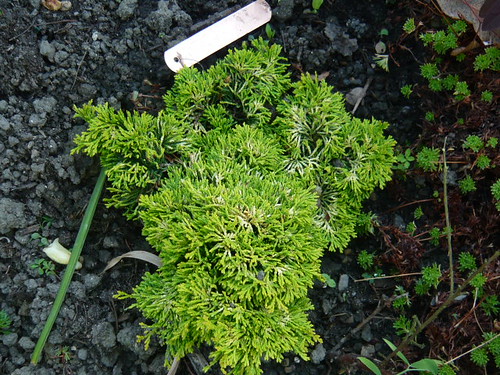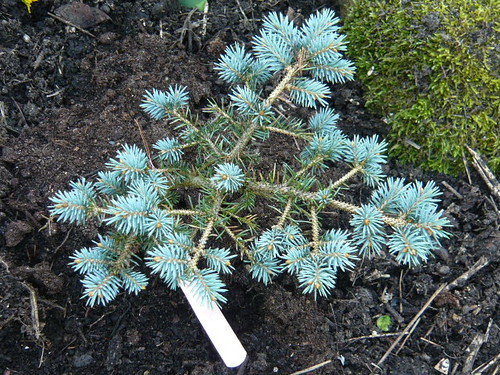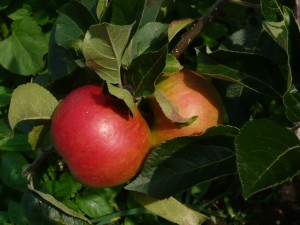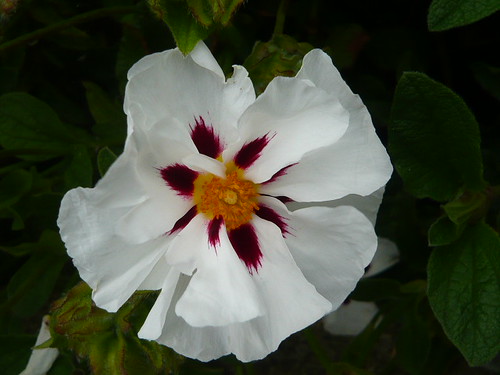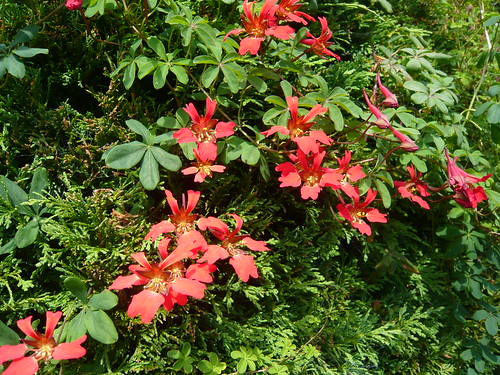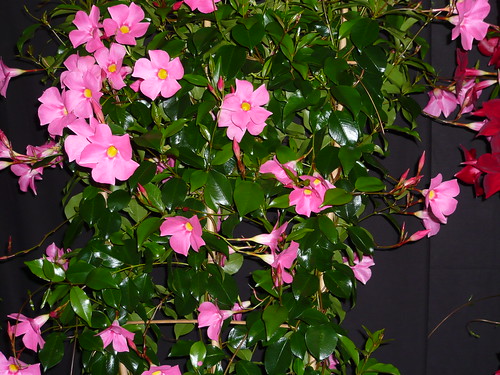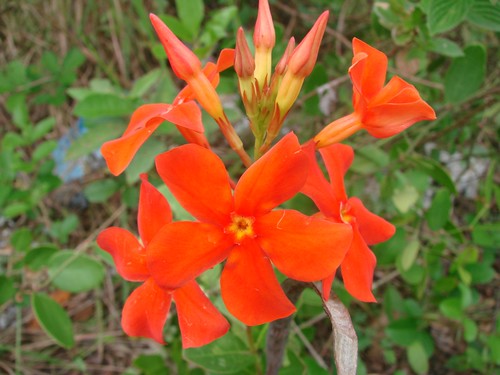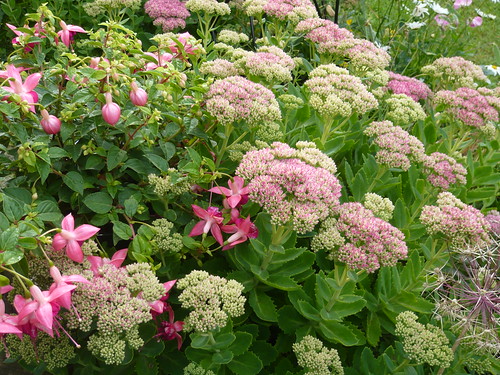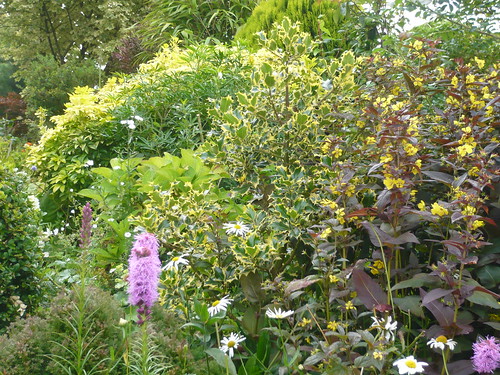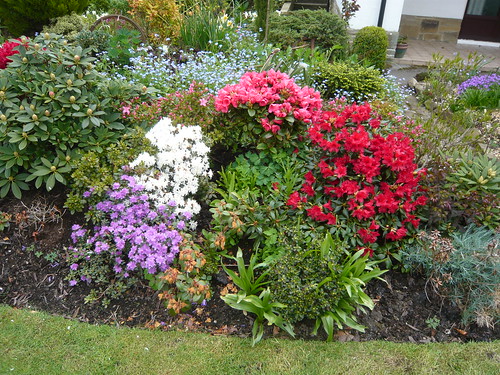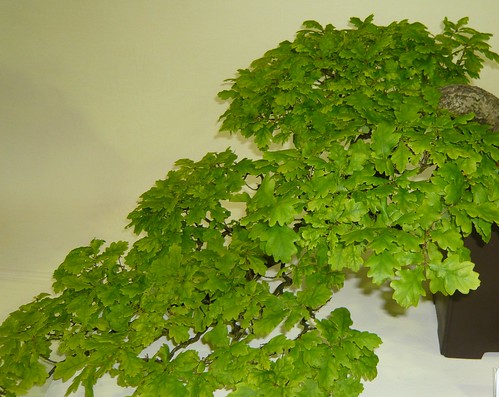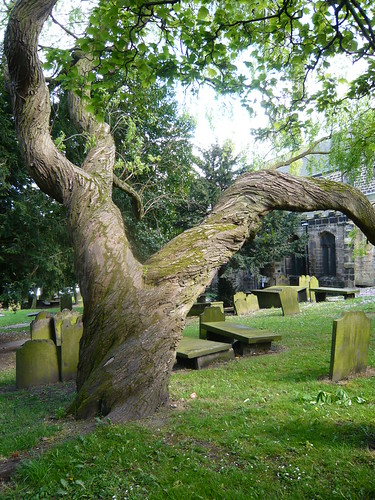Spare a Thought for Hedgehogs
Hedgehogs Erinaceus europaeus are good for gardens, eating through a large volume of slugs. They deserve some help to preserve hedgehog family life otherwise they will fall into further decline. However they are not domestic pets and like to be able to roam in several gardens each night.
Hedgehog Diet
- Beetles 28% are a major part of hedgehog food
- Caterpillars and beetles make up more than half of the food they eat
- Earthworms are about 17% of the average hedgehog diet
- Other items in smaller quantities include slugs, snails, birds eggs, millipedes, earwigs, and even birds or small mammals dead or alive.
Heaven For Hedgehogs
Make your garden Hedgehog friendly with a wild area from piles of leaves and twigs to be used for shelter.
Keep ponds topped up and ensure Hedgehogs can climb in or fall.
A specially made hedgehog home (eg.from a box on its side) would include nesting facility in summer and a space to hibernate in winter.
Hedgehogs need to be able to travel in and out of the garden (even if that means they risk crossing roads).
Meat based pet food and fresh water in summer are a help to a hedgehog family.
Safety For Hedgehogs
Slug pellets containing metahaldide can kill. Avoid pesticides.
Bonfires should be checked for hedgehog nests before burning
Take extra care using strimmers on rough brash.
Keep netting at least 12″ above ground so hedgehogs can get under without getting trapped.
Look out for hedgehogs when turning or forking a compost pile.
The British Hedgehog Preservation Society is organising Hedgehog Awareness Week which this year runs from 5th 11th May 2013.


